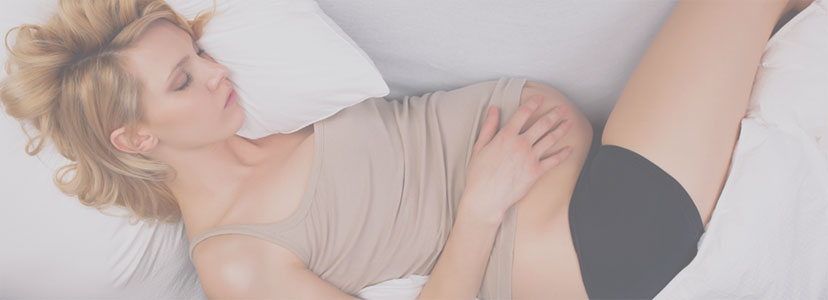Urethral Caruncle - Symptoms & Treatment
Urethral caruncle is a soft, fleshy protrusion of the urethral lining from the urethral opening. The urethra is the tube that drains urine from the bladder. Urethral caruncles most often occur in girls before puberty and in women after menopause. a case of urethral caruncle has also been described in a male. Urethral Caruncle is relatively uncommon and has a bimodal age distribution Urethral caruncles are common in elderly women but are rare in perimenopausal women.
Symptoms of Urethral Caruncle
Symptoms of Urethral Caruncle may be present with urethral bleeding, urinary urgency or frequency, or dysuria. Unlike a neoplasm, which generally is firm and nontende. A urethral caruncle may cause no signs or symptoms. But some women may have:
- Difficult or painful urination
- Blood in the urine
- Tenderness or irritation around the opening of the urethra
- Soaking in a warm bath
- Hormone creams applied directly to the caruncle
- Surgical removal of the caruncle
- Painful micturition or dyuspareunia.
- Bloody spotting with mild trauma
- Sassile or pedunculated red mass that is tender to touch.
Causes of Urethral Caruncle
Urethral caruncle is caused by redundancy of the mucosa combined with laxity of the periurethral fascia, and it may be aggravated by an increase in intra-abdominal pressure and a relative lack of estrogen, the causes are include :
- Urethral caruncles, which often originate from the posterior lip of the urethra, may be described as fleshy outgrowths of distal urethral mucosa.
- Urethral caruncles are common in elderly women but are rare in perimenopausal women
- a urethral caruncle looks like a bed of granulation tissue covered by either squamous or transitional epithelium.
- Many present as bleeding or blood on the undergarments. Some caruncular lesions may look like urethral carcinoma.
Treatment of Urethral Caruncle
Here the list of some of the Treatment of Urethral Caruncle :
- Warm sitz baths
- Topical estrogen cream and topical anti-inflammatory drugs
- Surgical excision
- First, perform a cystourethroscopy to rule out bladder and urethral abnormalities. Many urologists perform a cystoscopy in the office, upon initial patient presentation, to rule out other pathologies.
- Place a Foley catheter.
- Use stay-sutures in the epithelium to prevent mucosal retraction and meatal stenosis.
- Excise the lesion.
- Oversew the edges with 3-0 or 4-0 chromic sutures.

